Pea sprouts are a type of sprouted legume that is easy to grow and can be used in a variety of dishes. Sprouting peas at home is a simple and fun way to add a nutritious ingredient to your meals.

Jump to:
What Are Pea Sprouts?
Pea sprouts are young pea plants that have just started to grow from pea seeds. They are also known as pea shoots or pea microgreens. These sprouts are tender, with a sweet flavor and a crunchy texture that makes them a popular ingredient in salads, sandwiches, stir-fries, and other dishes.
Pea sprouts are harvested when they are just a few inches tall. They are composed of the whole young plant, including the stalk and leaves, and are grown from newly sprouted pea seeds. Pea sprouts are available year-round, but they are best in cool seasons, particularly late winter/early spring.

3 Main Types of Green Peas
There are three main types of pea sprouts: snow peas, sugar snap peas, and English peas. Here's a brief overview of each type.
Snow Peas
Snow peas, also known as mangetout, sugar peas, or Chinese pea pods, have flat, edible pods. They have a delicate, crisp texture and a subtle slightly sweet flavor. These peas are often used in stir-fries, salads, and other dishes where their tender crunch can be appreciated.
Sugar Snap Peas
This type of peas is a cross between shelling (English) peas and snow peas. The pods are crisp and edible and don't require shelling. These peas have a sweet, crunchy texture and are often enjoyed raw. Sugar snap peas are added in salads, stir-fries, and sautés.
English Peas
Also known as shelling peas (Pisum sativum), or green peas, English peas are not eaten with their pods. Instead, the plump peas are shelled and then used in various culinary applications. They offer a tender texture and a slightly starchy, sweet flavor. These peas are suitable for use in soups, stews, and vegetable side dishes. The peas you see in these photos are English peas.

Benefits of Pea Sprouts
Vitamins
Pea shoots are rich in vitamins. They are high in vitamin C, which is essential for maintaining a healthy immune system. They also contain folate, a B vitamin that is important for cell growth and development. Pea sprouts are a good source of vitamin A, which is important for eye health.
Protein
Sprouted peas are a great source of plant-based protein, making them an excellent choice for vegetarians and vegans.
Antioxidants
Pea sprouts are rich in antioxidants, which help to protect the body against damage from free radicals.
Easy to Digest
Pea sprouts are easy to digest because they are loaded with fiber. They are also low in calories, making them a great choice for those who are trying to lose weight.
How to Sprout Peas
Sprouting peas is a simple process that requires minimal effort and time. Before sprouting, it is important to ensure that the seeds are clean and free from any debris. To do this, rinse the dry seeds in cold water and drain them.

Next, soak the seeds in clean water for 8-24 hours. This will help to soften the seed casings and speed up the germination process. After soaking, drain the water and rinse the seeds 2-3 times.
Place the seeds in a container and cover them with a lid or a piece of cloth. Keep the container in indirect sunlight and rinse the seeds 2-3 times a day for the next 2-3 days. This will help to keep the seeds moist and promote sprouting.



Once the sprouts have reached the desired length, give them a final rinse and place them in indirect sunlight for a few hours to develop their green color.
Sprouting Equipment
There is sprouting equipment necessary for growing pea sprouts and shoots. One of the easiest and most common methods for sprouting pea seeds is to use a mason jar with a sprouting lid.
However, if you have serious sprouting in mind, you may wish to set up a seed sprouting system that includes trays, drainage holes, and a sprouting stand.
For those who prefer a more eco-friendly option, using a plastic bag is also a viable method. When using trays, make sure they have drainage holes to prevent mold growth and allow for proper drainage. Also, ensure that the trays are at an angle to promote optimal growth.
Overall, sprouting pea seeds requires simple equipment that you can easily find in your home.
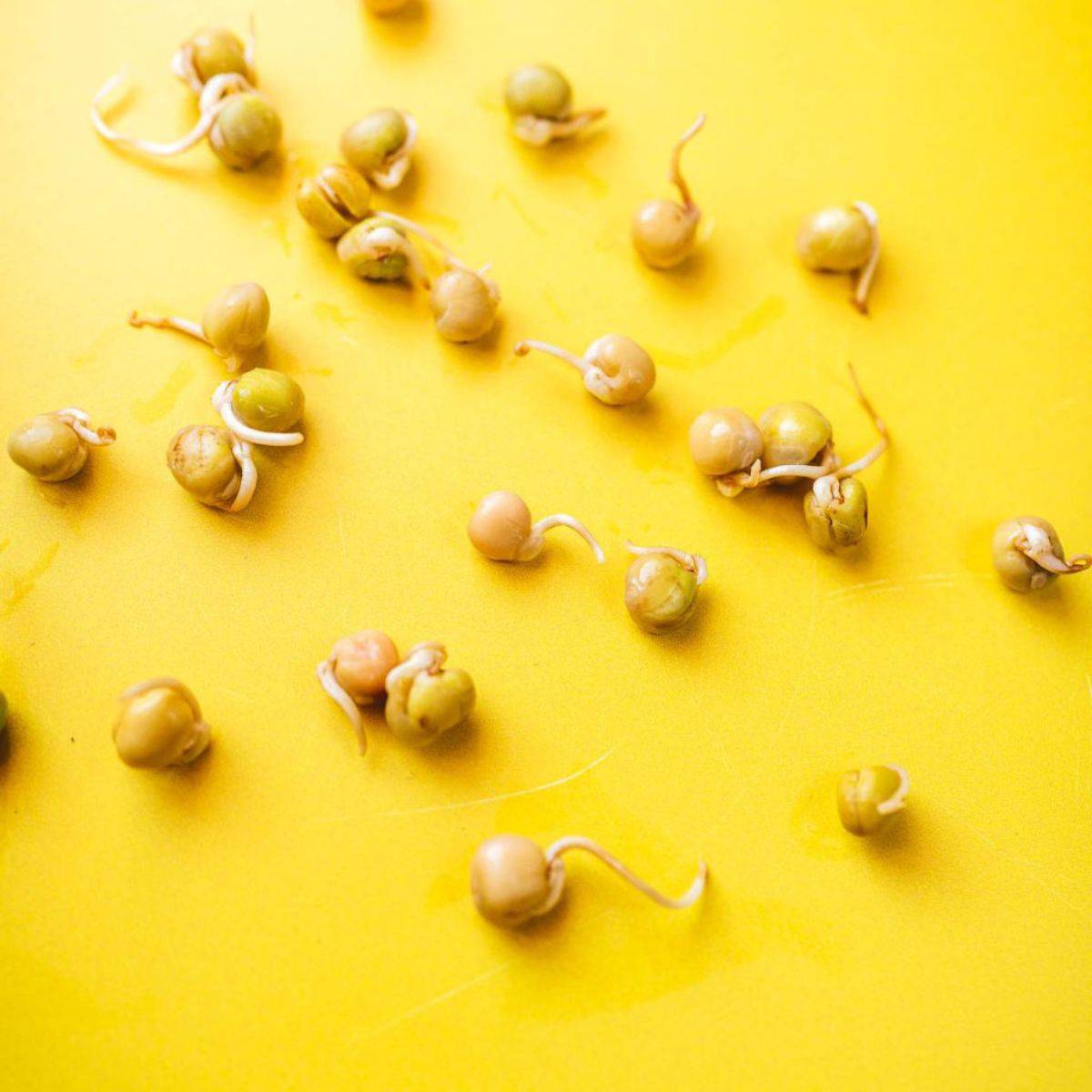
How to Use Pea Sprouts
Pea sprouts are a versatile ingredient you can use in a variety of dishes. They have a mild and slightly sweet flavor, making them a great addition to salads, sandwiches, and stir-fries. Many use them as a garnish or topping for pasta dishes, soups, and more. They would be delicious served atop this Udon noodle stir fry.
You can also use pea sprouts as a substitute for spinach or cabbage in recipes. They can be sautéed or steamed and used as a side dish or added to soups and stews.
When cooking with pea sprouts, remember that they cook quickly, so you should add them towards the end of the cooking process. This will help to preserve their delicate texture and flavor.

How to Store Sprouts
Proper storage is essential to maintain the freshness and flavor of sprouted peas. Here are some tips on how to store sprouted peas.
Refrigeration
This is the most effective way to store most types of sprouts. After rinsing the sprouts in cold water, gently pat them dry with a paper towel. Then, transfer them to a breathable container and store them in the refrigerator at a temperature between 34°F and 38°F. A sealed jar or plastic container with ventilation holes is ideal for storing pea sprouts. This will help to prevent moisture build-up and keep the sprouts fresh for up to a week.
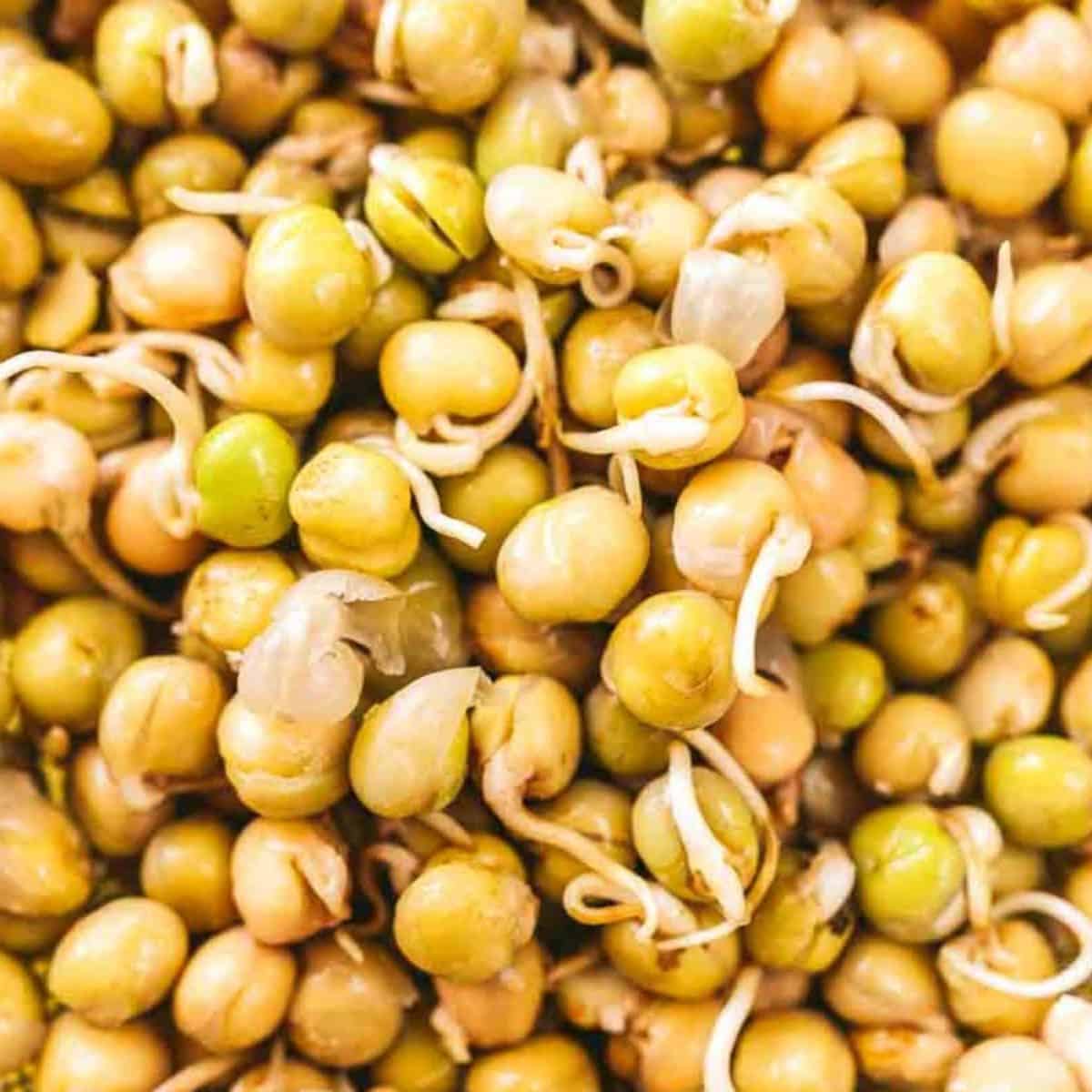
Jars
Mason jars are a popular choice for sprouting and storing pea sprouts. To store pea sprouts in a jar, rinse them in cold water and drain them well. Then, transfer them to a jar and cover the jar with a mesh or cheesecloth lid. Store the jar in the refrigerator and rinse the sprouts every two to three days to keep them fresh.
You Might Also Like These Sprouts Recipes
📖 Recipe
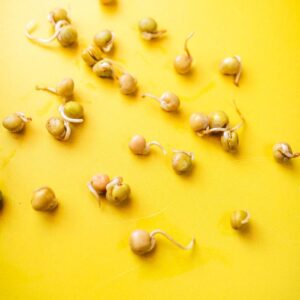
Pea Sprouts
Ingredients
- ½ cup dried peas green peas are my favorite
- 3 cups cold water
Instructions
- Place the peas into the glass jar and cover with the water. Then, either loosely screw on the lid or place a cheesecloth over the top of the jar and secure it with a rubber band. Leave the peas to soak for at least 8 hours, preferably overnight.
- Once the peas are soaked, drain them and return them to the jar.
- Next, cover the jar. You can use either the cheesecloth method or a mesh sprouting lid. Then, place the jar on a sprouting stand or simply lay it on its side - which you choose is down to your personal preference.
- Rinse and drain the peas once a day for 2-3 days, or until you are happy with the size of the sprouts.
- Enjoy!








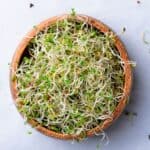




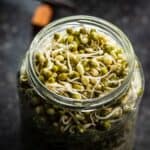


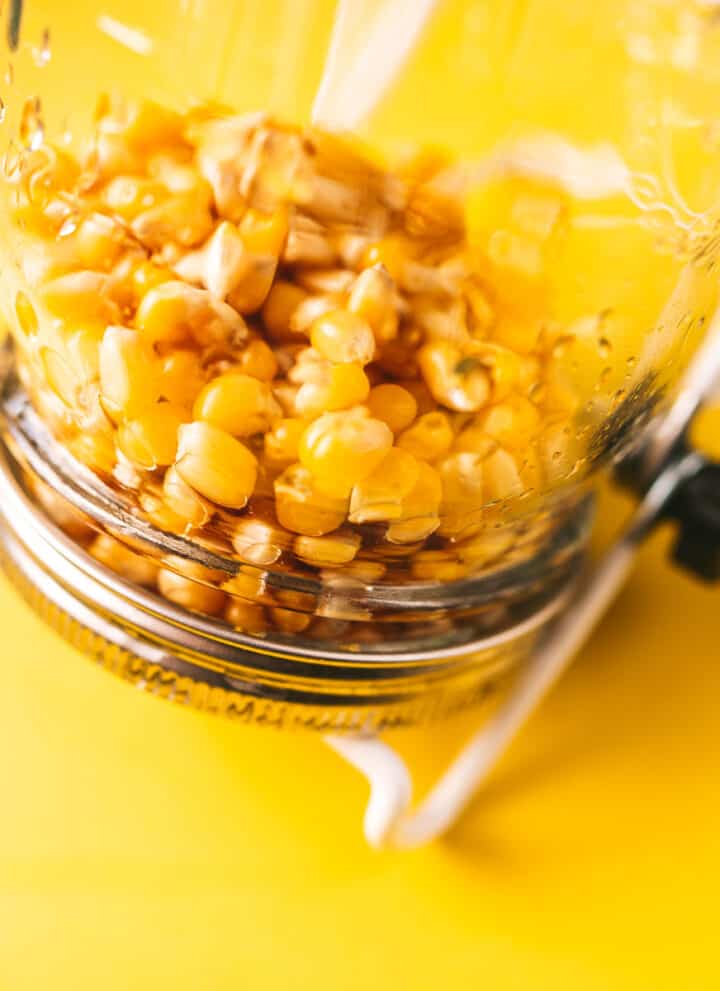
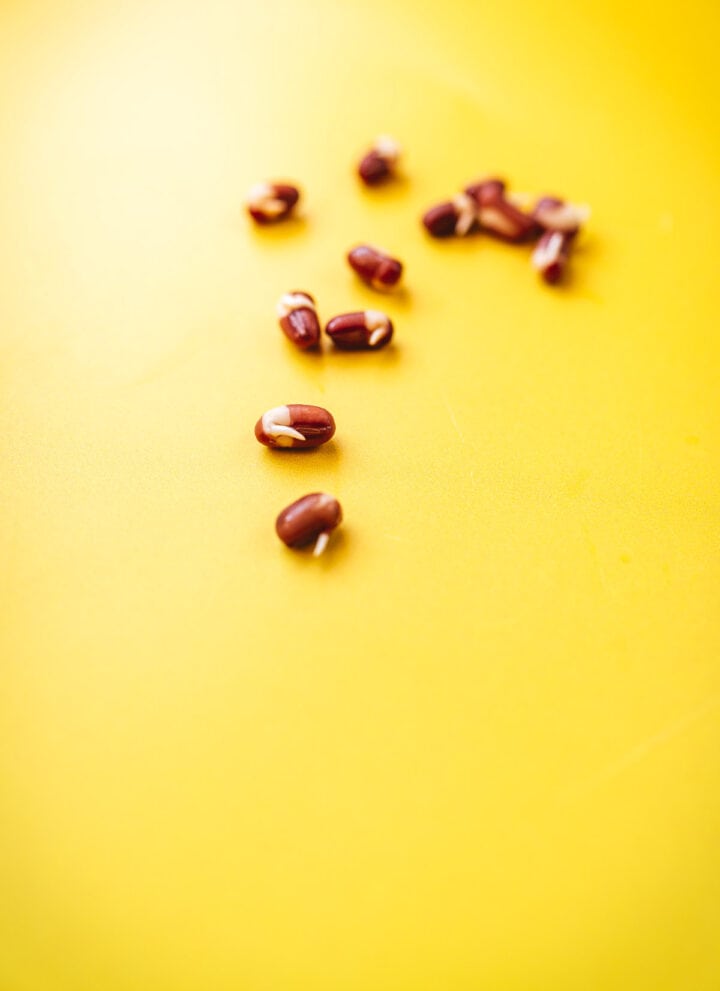
Ria says
I've been sprouting all sorts of things, but never tried peas until now. Thanks for the step-by-step guide! Any other easy sprouting tips?
Mina says
Very easy steps. Perfect addition to various dishes. Highly recommend trying!
Annie says
Love this simple dish, easy to make and yet oh so delicious!
Kayla says
I've successfully sprouted peas through this guide! Now I'm adding these sprouts to almost everything I cook and now I'm hooked! Your corn sprouts guide is next on my list.
Deborah says
What a fun idea to make your own pea sprouts. This would be a great project to do with children.